When you think of bell tents, your mind probably jumps straight to the great outdoors—pitching up in the woods, beside a serene lake, or in the middle of a sun-drenched field. But what if you could bring that cosy glamping charm inside?
Whether you’re setting up for a trade show, indoor event, or a backyard patio celebration, it’s absolutely possible to pitch a bell tent on concrete, astro turf, or other hard surfaces.
At Boho Bell Tent, we’ve faced this challenge more than once. After helping clients host pop-up glamping lounges indoors, we developed a tried-and-tested method that’s both practical and aesthetically pleasing.
Before we dive into the instructions, it’s important to note that this setup is intended for temporary indoor use. For a long-term camping setup, you would need a more robust solution to withstand heavy winds and maintain the integrity of the tent over time.
🛠 Materials You’ll Need for Indoor Set-Up
To set up a 5M bell tent indoors (or on any hard surface), gather the following:
|
Item |
Purpose |
|---|---|
|
12 x 24” x 9” wooden boards |
Acts as stake points |
|
12 x boat cleats (or similar hooks) |
For anchoring guy lines |
|
12 x small screw hooks |
For attaching to floor D-rings |
|
12 x sandbags (~35 lbs each) |
Weighs down boards for stability |
|
Optional: Burlap or covers |
To dress sandbags for visual appeal |
🔧 Tip: Most hardware shops sell 6-ft planks which can be cut into 2-ft sections.
🏕 Step-by-Step Indoor Bell Tent Set-Up
1. Lay Out Your Tent
• Use a tarp if needed.
• Align the door with your desired direction.
• Smooth the floor as best you can.
2. Position Boards & Sandbags
• Place each board where the guy-line would normally stake into the ground.
• Align each board with a D-ring on the tent base.
3. Attach Floor D-Rings
• Hook the D-rings on the tent floor to the small screw hook on each board.
4. Lightly Position Guy-Lines
• Drape the guy-line over the board, and place the sandbag on top.
• Leave some slack—you’ll tighten it later.
5. Insert Poles
• Carefully erect the centre pole and A-frame.
• Avoid knocking the boards or dislodging the sandbags.
6. Tension & Tie Off
• Pull each guy-line tight, wrap around the cleat, and adjust the sandbag.
• Tuck loose rope beneath the sandbag for a clean look.
7. Final Adjustments
• Check the tent floor for wrinkles.
• Tighten as needed for a smooth, professional finish.
🧠 Creative Alternatives for Anchoring on Concrete
If wooden boards and sandbags aren’t available or you’re after a different aesthetic, try these:
🌲 Wooden Logs
• Loop guy-lines around them and extend for tension.
• Rustic, earthy vibes (perfect for styled events).
🧱 Cinder Blocks
• Budget-friendly and super sturdy.
• Paint or cover them, if you still want to keep the glamping style look
🌿 Large Potted Plants
• Stylish and functional.
• Choose heavy pots that won’t tip under tension.
🏋️ Shot Bags
• Compact and easy to transport.
• Use bags weighing 15–20 kg each for proper hold.
💡 Note: Alternative anchors may not align closely enough to hold floor loops—use internal supports or floor tension straps to avoid bunching or sagging.
When using these alternative methods, you’ll need to devise a way to keep the tent floor in place since these options can secure the main guy-lines but might not be close enough to the tent to hold the floor loops. Consider adding internal supports along the tent’s wall to prevent wrinkling and maintain a neat appearance.
✨ Why Set Up a Bell Tent Indoors?
• Trade Show Displays – Create an inviting brand experience.
• Weddings & Events – Use it as a cosy lounge, bridal suite, or kids’ zone.
• Back Garden Escapes – Ideal for patios, astro turf, or decking.
• Winter Glamping – Cosy vibes without the wind or rain.
⚠️ Safety & Suitability
This guide is best suited for temporary, short-term indoor use. If you plan to keep the tent up long-term (or if there’s a risk of strong airflow), consult an engineer or structural specialist for reinforcement options.


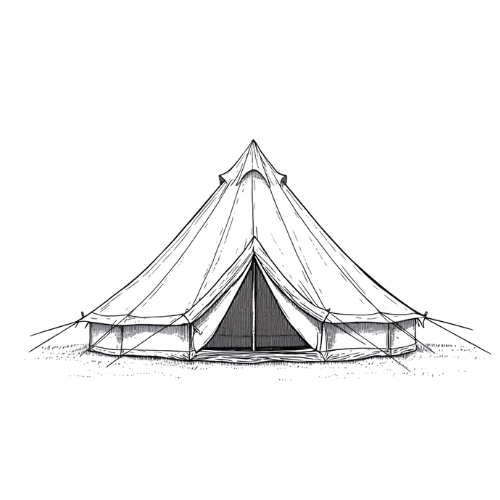 Canvas Bell Tents
Canvas Bell Tents Bell Tent Accessories
Bell Tent Accessories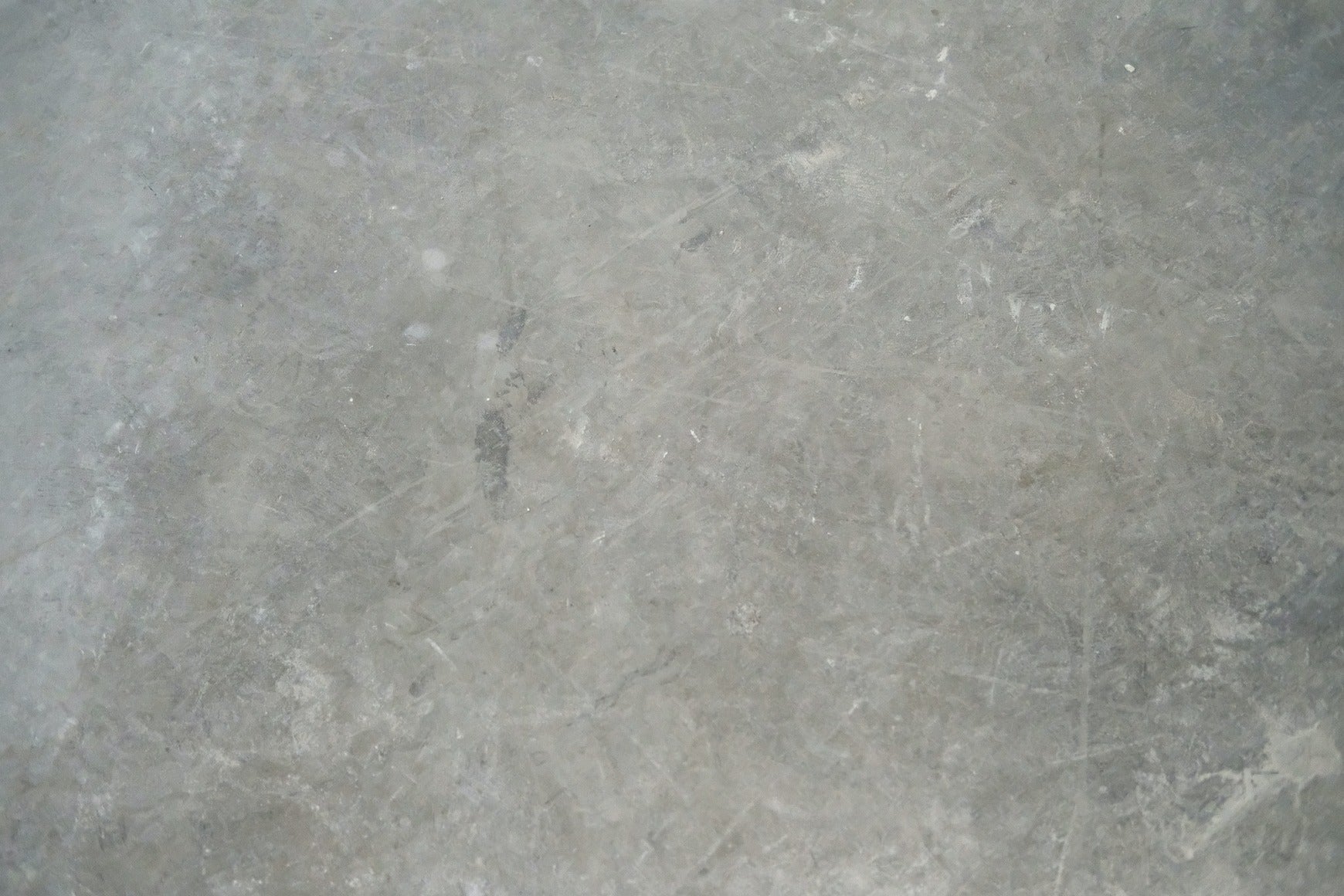
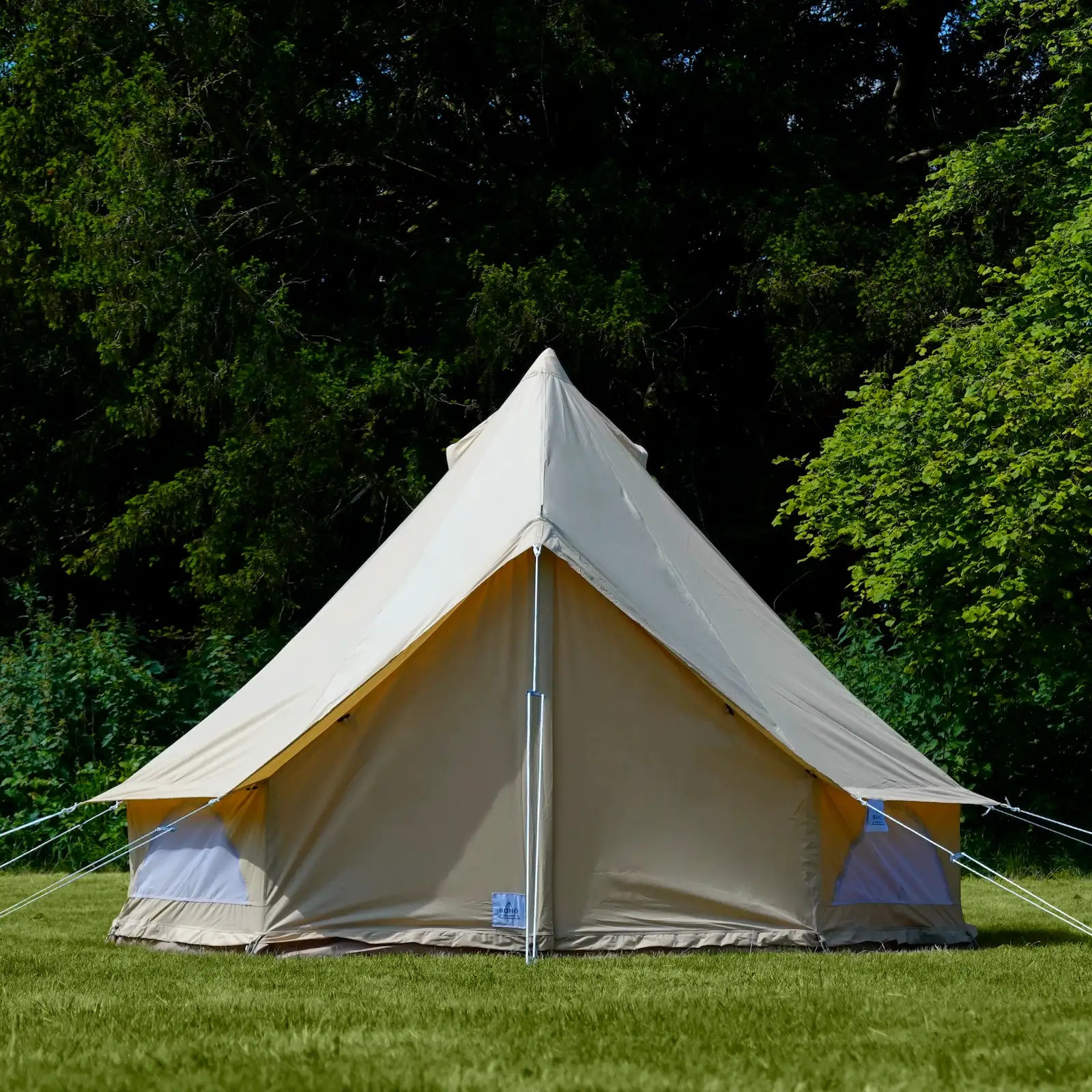
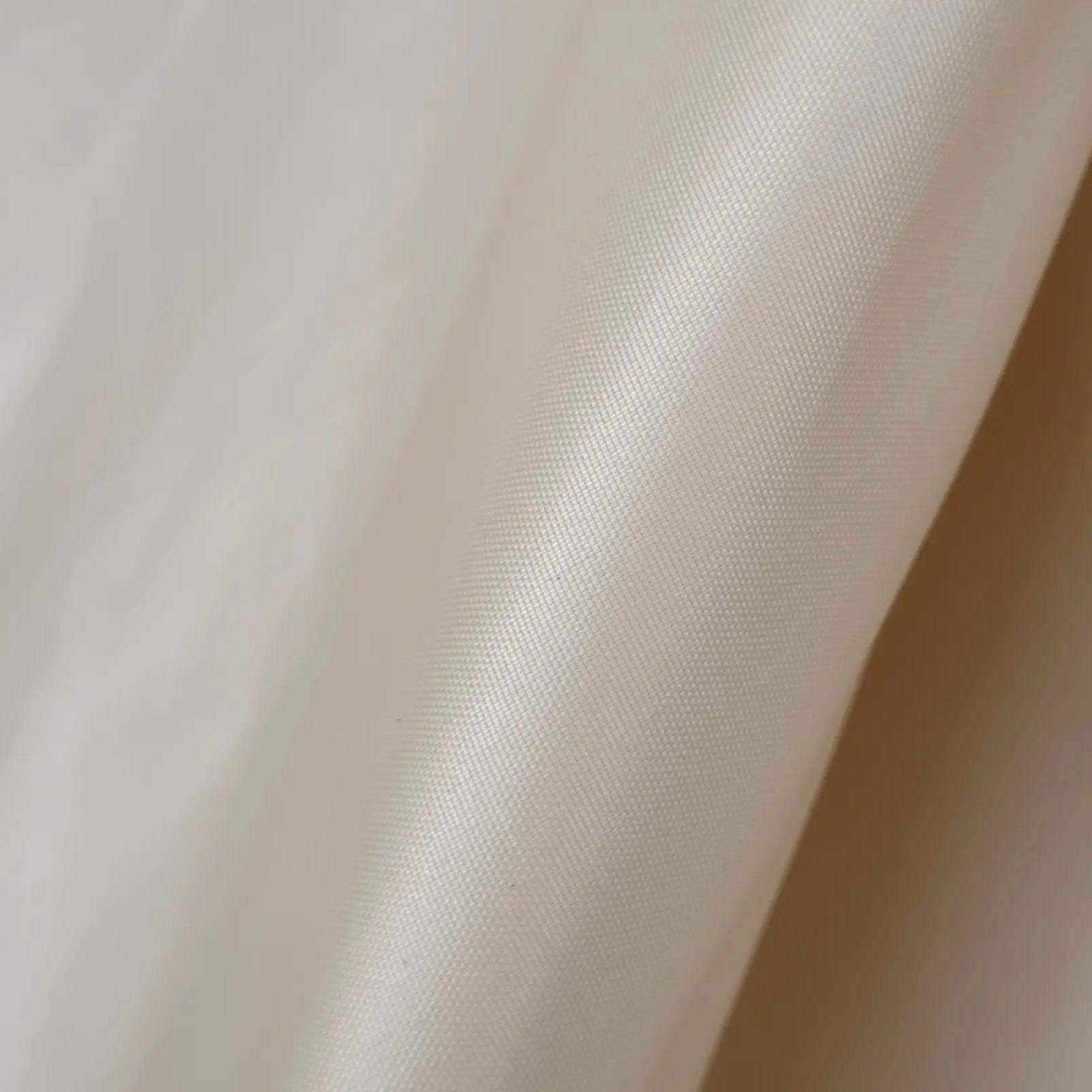
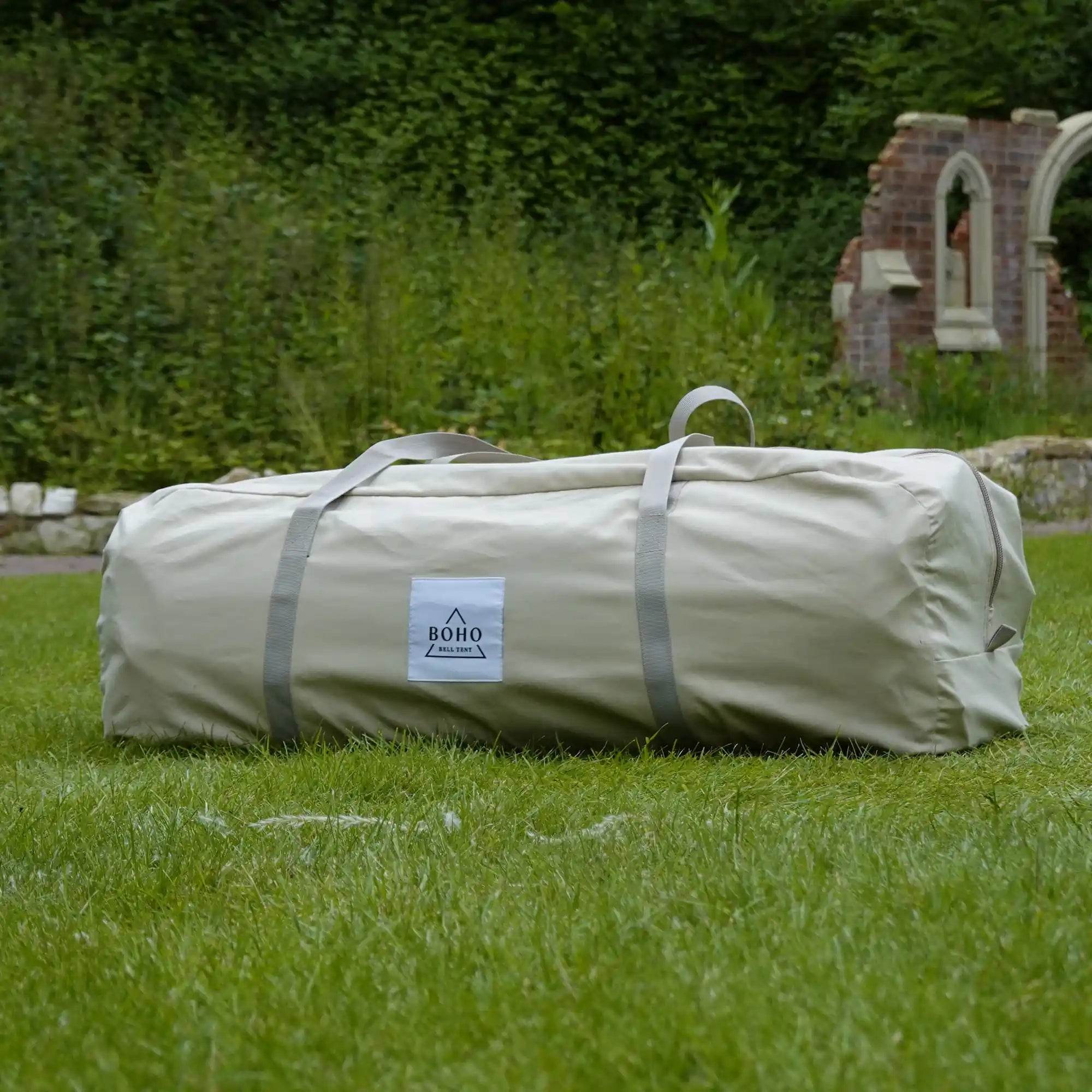
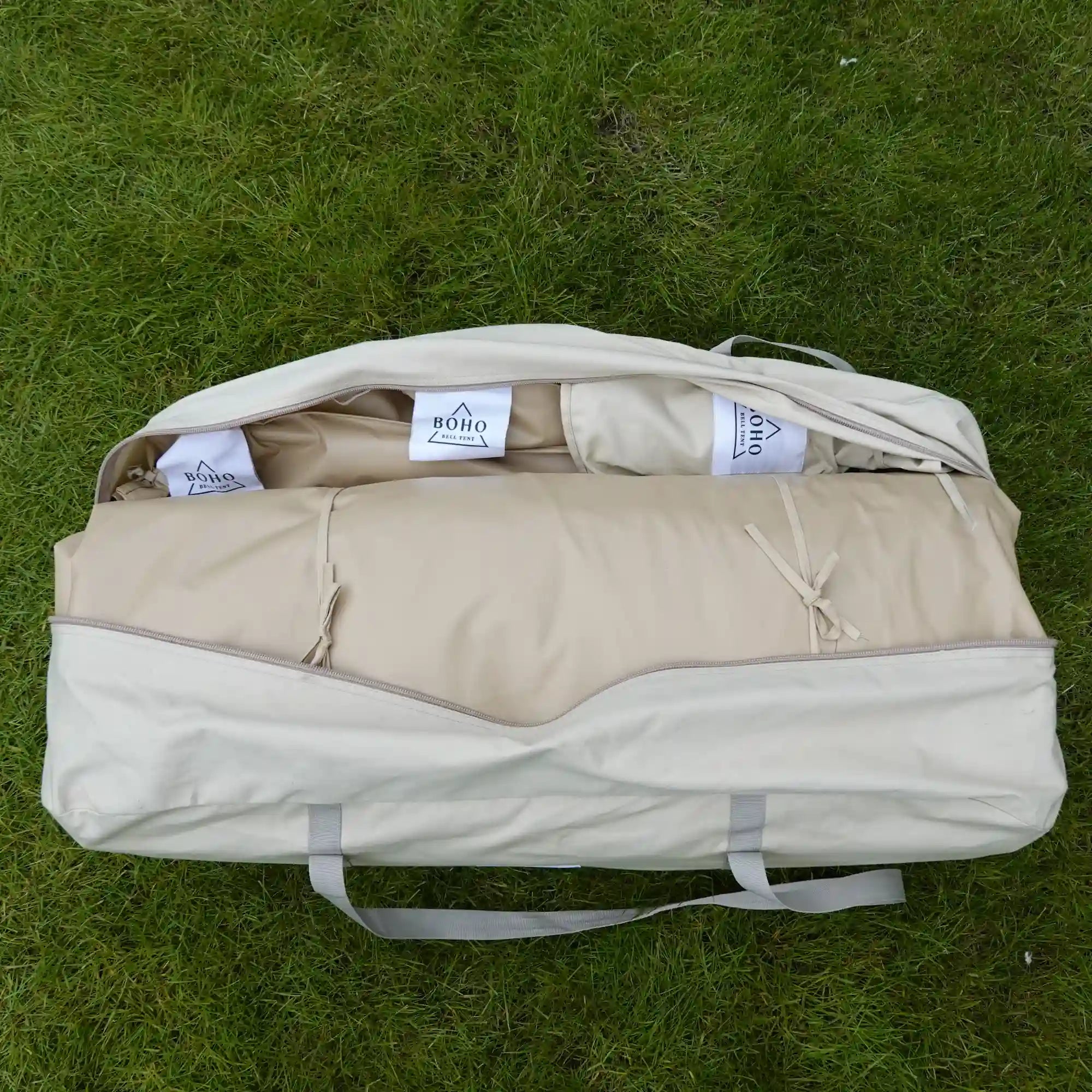
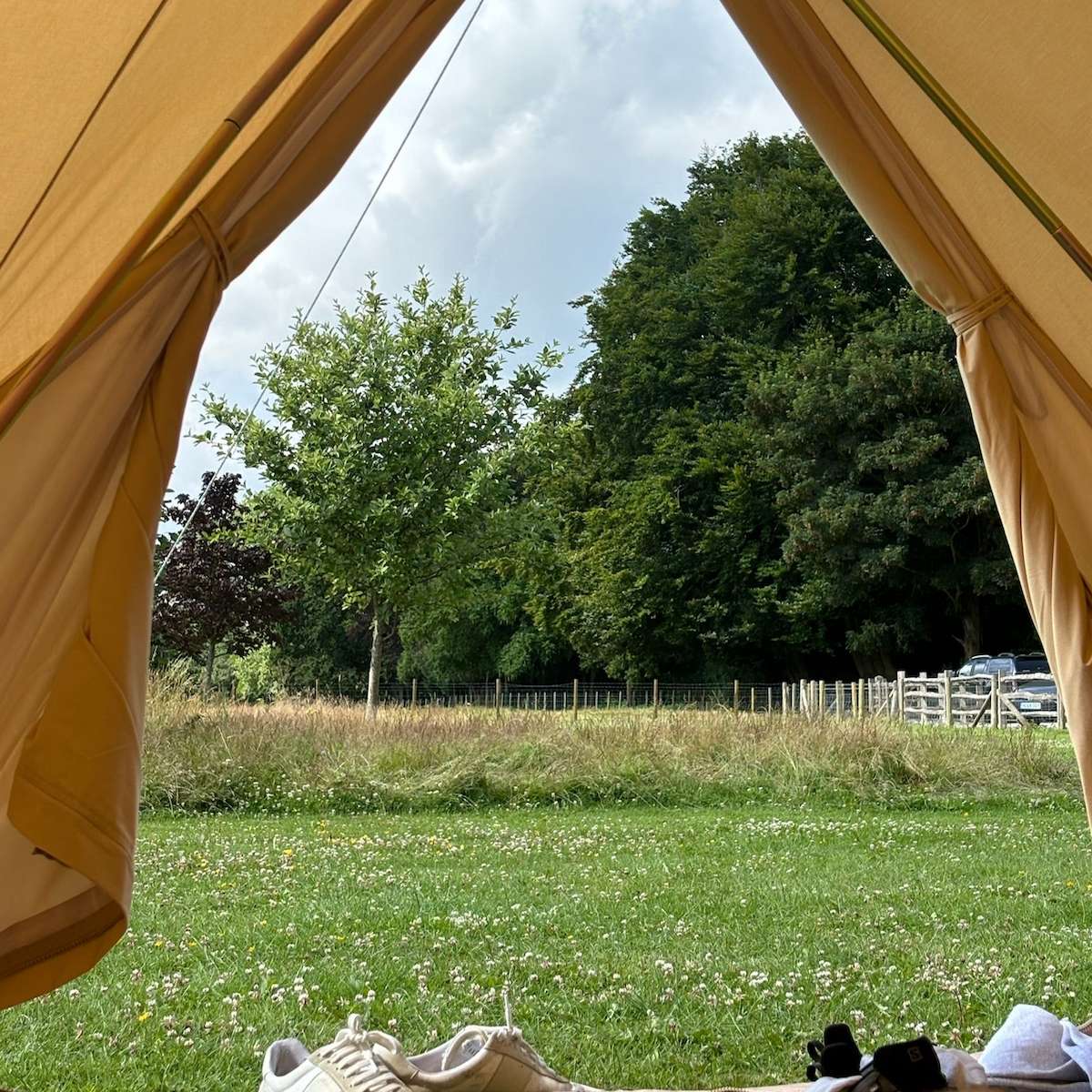
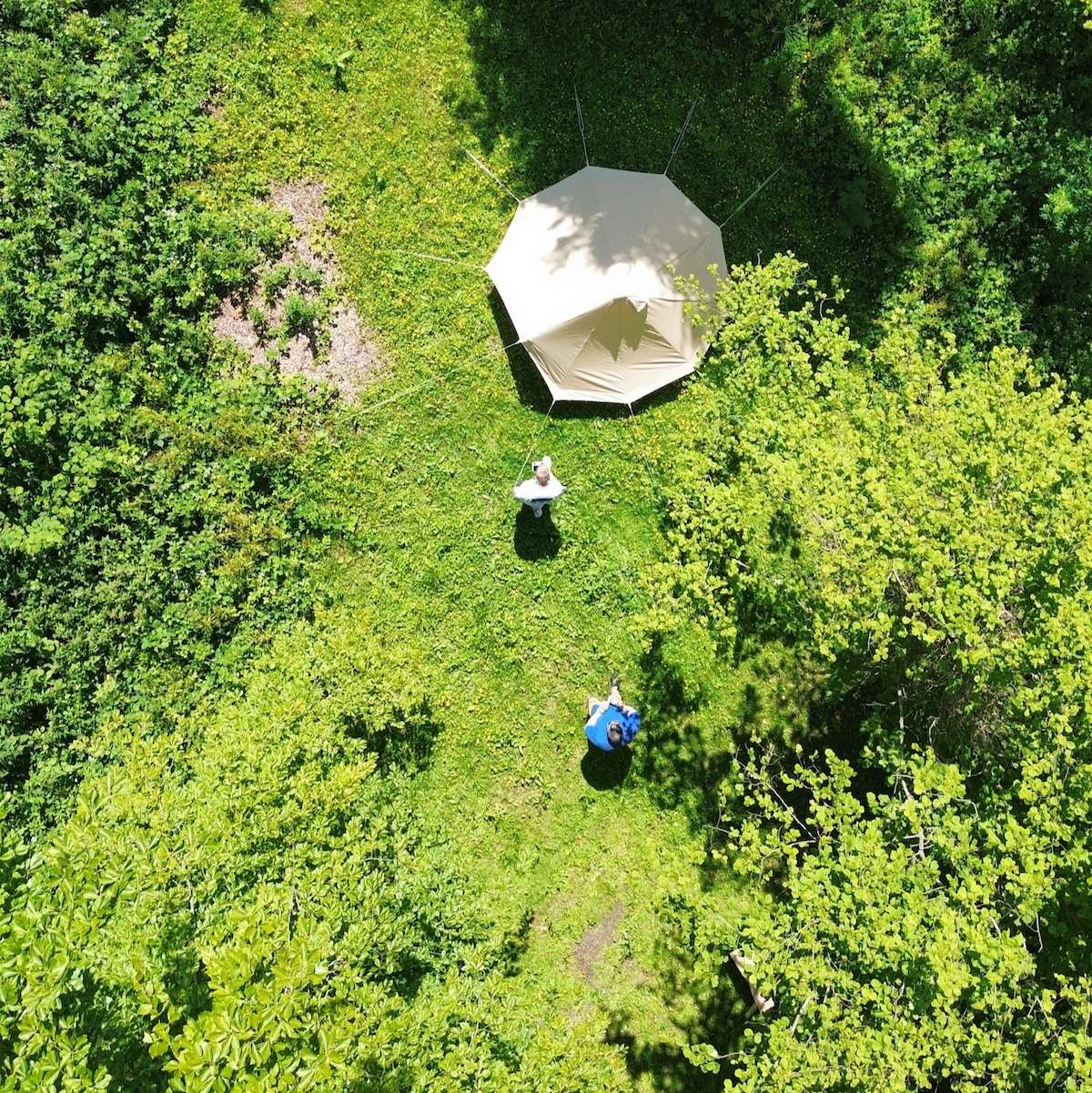

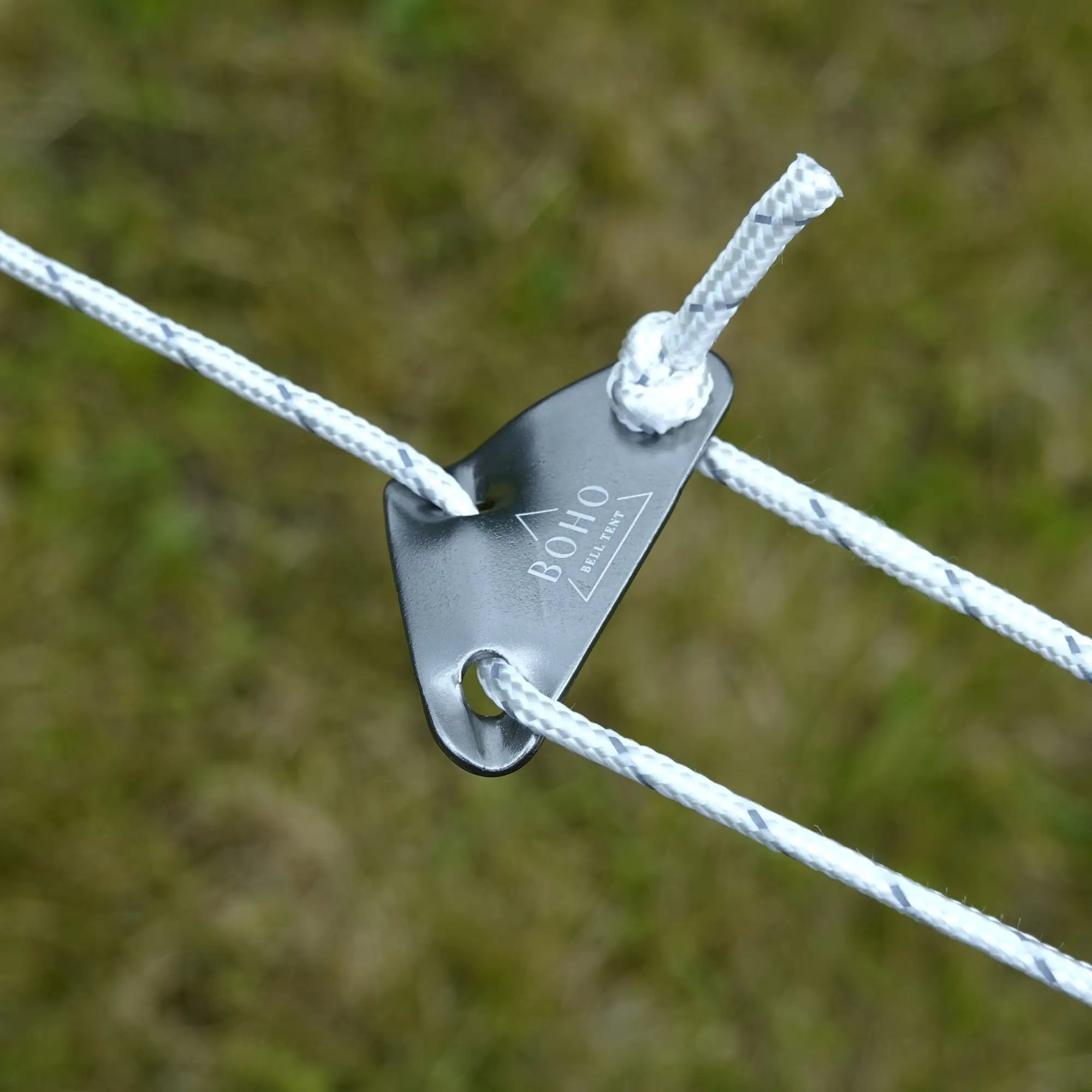
At Boho Bell Tent, we’ve helped hundreds of customers find the perfect setup for festivals, weddings, and off-grid escapes. So if you need any help at all, be sure to reach out!
Share:
Which Tents Last the Longest?
Why Get a Bell Tent for Glastonbury Festival?